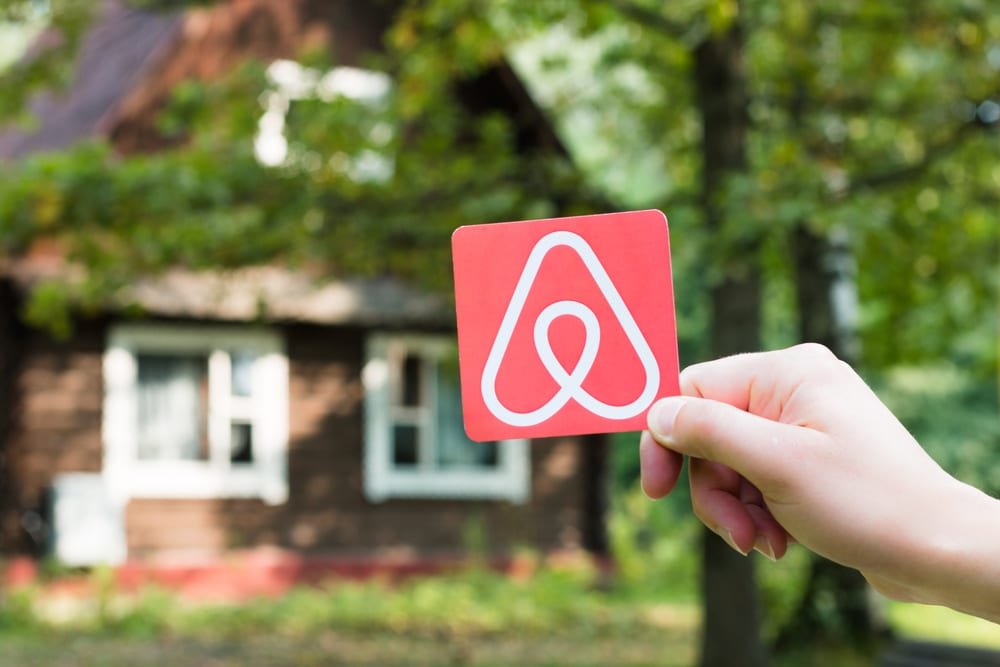One specialist sub-sector of the holiday home and leisure market remains highly attractive to asset managers, explains Jake Webster, managing director of global asset managers, Seventy Ninth Group.
The COVID-19 pandemic fuelled the UK’s ‘staycation’ boom in 2021, as lockdown restrictions began to ease at home, increasing both occupancy rates and rental income on holiday lets.
But the trend didn’t end with the ban on foreign travel. It’s maintained its popularity ever since, with millions of families choosing to holiday closer to home.
Last year, more than six in 10 Brits planned a ‘staycation’, up 50% on 2022 figures, boosting local economies in tourism hotspots.
This growth in demand from UK holidaymakers hasn’t escaped the attention of property investment clients seeking out higher returns. With landlord profits squeezed by tax changes, new lending rules and higher interest rates, short-term and holiday lets have increased in popularity due to their greater potential returns.
Below are three key features of holiday let property investment:
1. Rising rental income
The average income declared on a holiday let property rose by 14%, overtaking that of long-term lets for the first time during the 2020/21 tax year, according to Hamptons.
This was due to the easing of lockdown restrictions and domestic travel being allowed while foreign travel was banned.
It’s grown even further since then. According to Sykes, the average turnover of a holiday let property in 2023 rose to £24,500.
2. Strong demand
Demand for holiday letting remains extremely high, with Easter 2024 seeing record bookings, up 11% annually and the busiest ever for holiday let owners.
There was an 8% increase in bookings year-on-year in 2023, said Sykes, which totalled a 71% rise on pre-pandemic levels.
3. Tech development
The growth of digital platforms, such as Airbnb, Booking.com and Expedia, have made it much easier for holiday let landlords to advertise their properties as well as manage bookings and take payment.
According to the Office for National Statistics, there were nearly 2.8 million stays in short-term lets booked through these three platforms alone in the UK from July to September 2023.
The luxury living opportunity
Holiday parks and campsites generated £12.2bn in visitor expenditure last year – equivalent to £7.2bn GVA and 226,745 FTE jobs. That’s according to the UK Caravan and Camping Alliance, which said that the UK holiday park and campsite sector accounted for over 5% of the tourism sector’s GDP, with visitors spending an average of £217 a day to rent accommodation.
Not only did the pandemic boost the popularity of the staycation, but it also led to a changing demographic, with the rise of the so-called ‘posh campers’.
According to research from Mintel, the COVID-19 pandemic brought an influx of affluent families into camping and caravanning. Almost four in 10 (37%) have a household income above £50,000, compared with just 21% pre-pandemic. It also found ‘significant pent-up demand for posh camping’, as almost four in 10 (39%) campers and caravanners said they would pay extra to stay in a luxury caravan or lodge.
This is also a fundamentally fragmented market, according to the latest analysis from Savills, making it a sector ripe for consolidation and attractive to private investors seeing to buy, build and reposition holiday parks.

